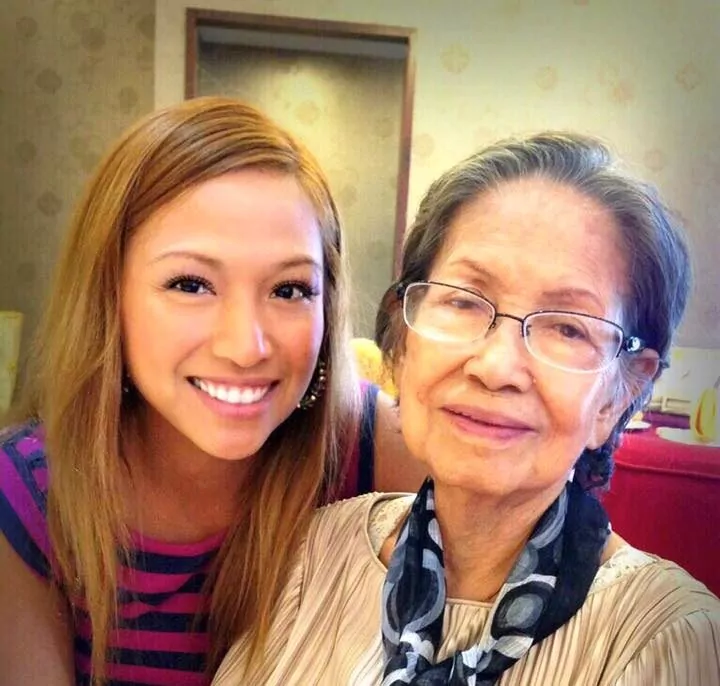 Professionals now believe they can diagnose Alzheimer’s with a great deal of certainty by applying a number of tests and measures, even very early in the course of the disease.
Professionals now believe they can diagnose Alzheimer’s with a great deal of certainty by applying a number of tests and measures, even very early in the course of the disease.
A hands-on physical exam and in-depth interviewing of patient and family are part of the process, along with various medical and psychological tests. When other causes of symptoms have been ruled out, the diagnosis is “probable” or “possible” Alzheimer’s, even though the certainty is in the ninety percent range.
Doctors can take a number of steps to diagnose Alzheimer’s:
- Neuropsychological tests: Performance on a battery of tests is measured against contemporaries with a similar educational level and in a similar cultural setting. A wide range of functions is evaluated including: memory, attention, communication, orientation in time and space, language and math skills, mood and emotions, and problem solving.
-
Interviews with the patient and family members: Interviews delve into family health history, risk factors that are present, and cognitive or behavior changes that have led to seeking medical help
-
A physical examination: A thorough exam, including Blood, urine, and spinal fluid lab tests
-
Assessment of difficulties in the activities of daily living: This includes eating, dressing, and personal hygiene.
-
An examination of the nervous system: These procedures test sensation and balance.
-
An MRI or CT scan: A head scan can open up the possibility of Alzheimer’s, or eliminate the possibility of a stroke, brain hemorrhage, or brain tumor.
-
A medical history: Including general health, nutrition, prescription and nonprescription drugs taken, and current and past mental and physical health problems.

Requirements for a Diagnosis of Alzheimer’s disease
Many of the following items must be present before the symptoms would be classified as Alzheimer’s disease:
-
Memory impairment
- At least one additional cognitive impairment from among the following domains:
- Both the memory impairment and the other cognitive deficits are progressively worsening
-
The memory and cognitive impairments must cause difficulty in social or occupational settings
-
Onset is gradual and progressively worsening
-
Onset is after age sixty-five
-
The cognitive impairments do not occur only during delirium
-
The absence of another disorder: brain disease or brain injury, systemic disease, substance abuse, or other factors that could explain the dementia
Notice that the diagnosis requires the ruling-out of other causes for the dementia. This is difficult, and Alzheimer’s is sometimes mistakenly diagnosed as the cause of the dementia. If the diagnosis is not certain, a doctor will ask for a re-evaluation in six months to check for a progression of symptoms.
Related Articles:
- Stages of Alzheimer’s Disease
- Caregiving Tips For People with Alzheimer’s
- Detecting Alzheimer’s Disease Early
- Safer Home For People with Alzheimer’s
- Understanding Dementia
- Legal Planning Tips For Dementia Patients
- Can People With Alzheimer’s Be Safe Drivers?
- What’s Your Real Brain Age?
Other SeniorCareHomes.com Helpful Links:
- Seniors Online Community & Discussion Forum
- Senior Care Facility Search
- Senior Facility Registration
Source: helpguide.org
Catharine “Kate” is a Certified Administrator for Residential Care Facilities for the Elderly (RCFE) and an Expert Senior Care Advisor. Kate’s grandmother battled Alzheimer’s Disease and Kate personally understands what millions of families are going through. Kate and her team are very passionate in empowering Seniors and their families by providing them with the Best Available Senior Care Options based on Senior’s care needs, preferred location and family’s budget.


